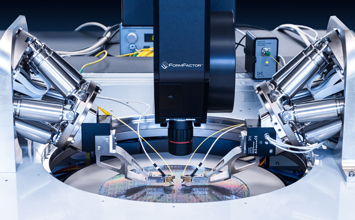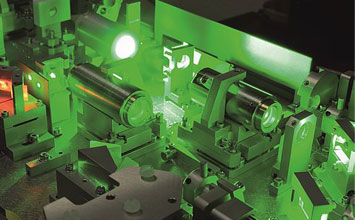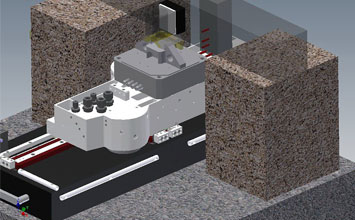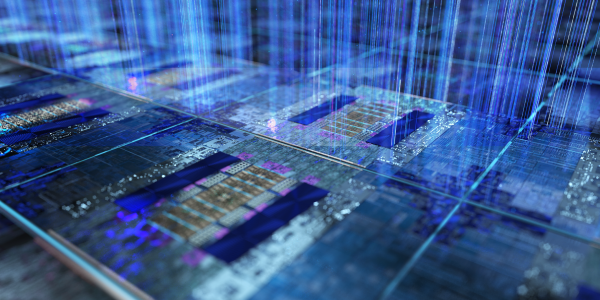The emerging field of quantum technology (quantum computing, quantum photonics, quantum communication) has snapped into view with surprising speed over the past two years. Once the stuff of science fiction and arcane experimentation, this counterintuitive field of physics is proving highly useful for computing, sensing, and secure communications. Major players in all these fields have announced ambitious projects, accompanied by a rapidly blooming field of bright ventures dedicated to disruptive application of the mind-bending rules and interactions of the quantum world.
It is even difficult to write about, as it is no longer a topic of only the smallest scales. Already, companies like Toshiba[1] are introducing quantum key distribution network equipment which leverage quantum effects to secure communications over channels of any length.
Right there, you can see an intersection between photonics -- essential for fast, scalable, and energy-efficient data communications -- and the quantum technology world. But this connection extends throughout all the fields of quantum technology, even to its more un-obvious corners.
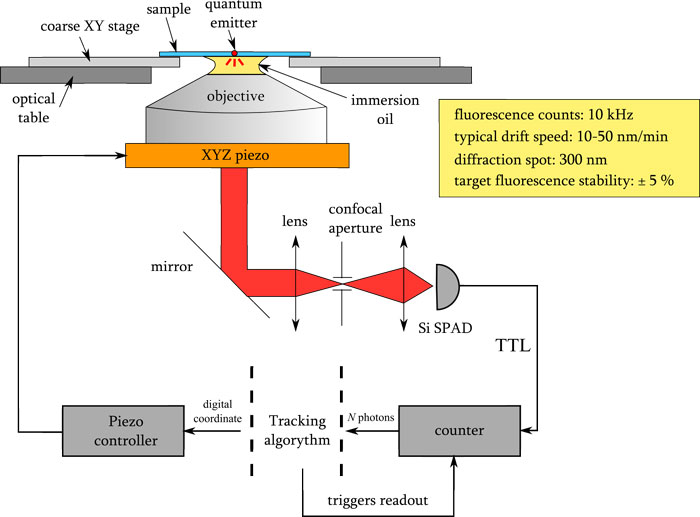
Quantum computing, for example, is based on logical elements built on qubits, the quantum cousin of a conventional transistor-based logic bit. Qubits are being implemented in all sorts of ways using many physical manifestations, from electron-based superconducting qubit implementations to trapped-ion-based qubits, photon-based qubits, and many others. This churning field is already yielding results, allowing certain formerly intractable computations to be performed in practical amounts of time[2].
Yet few if any of the implementations pursued today are particularly data intensive. The sort of firehose of data typical of many computation applications has not come to the quantum world yet. At first glance, this might seem like an inherent limiter for the intersection of photonics and at least these types of quantum computers. But, to begin, optical fibers offer many attractions for quantum computing, even for qubit implementations that don’t involve photons: optical fibers are adiabatic, non-conductive, and EMI-quiet; they can convey information and energy without Ohmic losses, and interrogation and control of superconducting qubits by fiber has been demonstrated[3]. Silicon photonic structures, such as filters, splitters, modal demodulators, and switches, can be constructed in cryogenic-compatible formats for those quantum computing implementations that require cryo operational temperatures. Potentially, these elements could be combined with other silicon-based functionalities including refrigerators[4] on the same chip.
Optical Fibers, Alignment, and Production Bottlenecks
If optical fibers and silicon photonic chips are enablers for quantum computers of all types, then the photonics industry’s familiar (former) chokepoint of precision alignment is sure to become an issue. Even with the simple photonic devices of the early ‘00s, alignment processes dominated production costs for packaged products. Then, when the advent of wafer-based fabrication of photonic devices arrive, it enabled increasingly complex, multi-channel devices with array-based I/O. The process of aligning these advanced devices became exponentially more time-consuming… until the advent, in 2016, of PI’s unique Fast Multichannel Photonic Alignment technology.
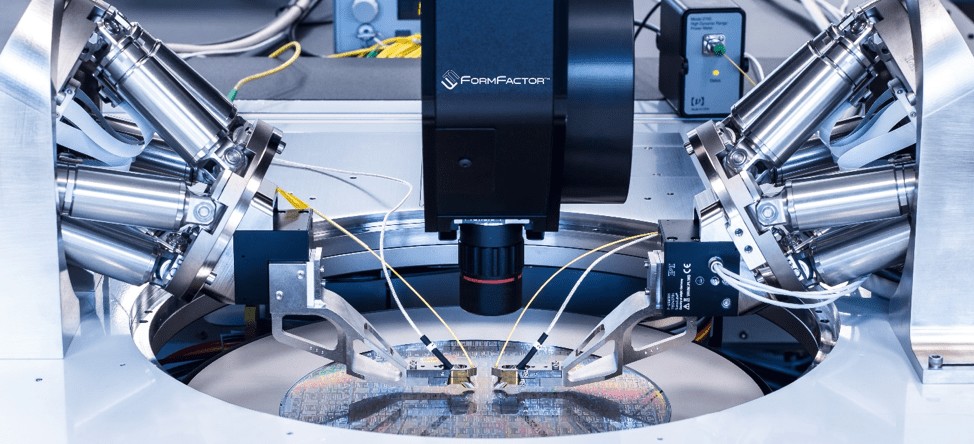
This fab-proven technology is now available in a wide variety of physical formats, ranging from speedy and ultra-precise piezo nanopositioners to stacks of motorized stages to novel hexapod microrobots. It allows the simultaneous alignment of inputs and outputs across multiple channels and over multiple degrees of freedom. This award-winning[5] parallel alignment capability is the heart of the world’s fastest and most advanced wafer probers[6] and photonics micro-assembly tools[7], as aligning today’s photonic devices can be 100 times faster than with legacy alignment technologies.
This sort of productivity enhancement has proven essential as the photonics industry has scaled. And despite the newness and novelty of quantum technologies, the old truism arises again: the more things change, the more they remain the same. The production economics of quantum computers, sensors, and communications will need to be confronted, and the issue of alignment costs will again rise to the top of any pareto analysis. Fortunately, that is a problem that has been solved.
Blog Categories
- Aero-Space
- Air Bearing Stages, Components, Systems
- Astronomy
- Automation, Nano-Automation
- Beamline Instrumentation
- Bio-Medical
- Hexapods
- Imaging & Microscopy
- Laser Machining, Processing
- Linear Actuators
- Linear Motor, Positioning System
- Metrology
- Microscopy
- Motorized Precision Positioners
- Multi-Axis Motion
- Nanopositioning
- Photonics
- Piezo Actuators, Motors
- Piezo Mechanics
- Piezo Transducers / Sensors
- Precision Machining
- Semicon
- Software Tools
- UHV Positioning Stage
- Voice Coil Linear Actuator
- X-Ray Spectroscopy



